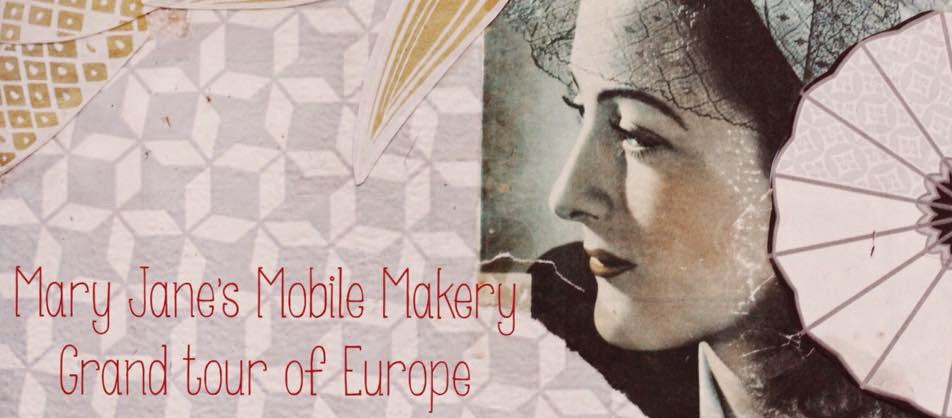It's time I gave you something pretty to make - just in time for Easter. And no, I'm not talking about an Easter bonnet....they're sooooo two centuries ago! Instead I give you the Spring flower hairpin which you can create in abundance and scatter through your hair however you choose. These flowers are crafted using a vintage technique that I discovered when I purchased a 1930's satin nightdress-case a few years back. The flowers had been worked in pale pink ribbon, but I prefer something more vivid and real looking, so this is my modern take on the technique. I hope you like it. Please share your pics on my Chic on a Shoestring Book Facebook page. I'd love to see the flowers you come up with.
You'll need. Cotton organdie fabric (I get mine from The Cloth House on Berwick Street in London) - 25cm will make lots of flowers. Scissors, needle and thread, felt-tip pins, hairpins, a scrap of felt, and a gluegun. A small paintbrush and some water.
Cut your organdie into strips around 40cm long and 5cm wide. Then fold in half along the length. Use the felt-tip pens to add colour along once side and blend using some water and the paintbrush. Allow to dry.
Use a double thread with a knot on the end and stitch as shown along the raw edge for about 6/7cm then gather up the thread to make a petal. Repeat the process to make a second petal.
Continue all the way along the strip until you have made several petals just like the strip below. Don't worry about it curling up. It will naturally do that.
Arrange the petals in a circle as shown stitching through the centre to hold in place.
Make a little loop of thread and form into a figure of eight as shown.
Stitch into the centre of your flower and chop through the ends of the two loops. This creates stamens. You can scrunch the flower in your hand to give it more of a textured finish. The organdie will hold the shape well.
Use the glue gun to stick each flower to a hairpin and cover with a tiny circle of felt on the back.
Pop in your hair and celebrate the Spring!
If you'd like to learn lots more about this method and create a unique floral millinery headpiece using other vintage techniques, then sign up for my workshop taking place on Saturday 2nd April at my friends' beautiful Scottish wildflower farm - Scotia Seeds in Farnell (near Montrose in Angus). It costs £55 for the day all in, and there will be homemade soup for lunch and endless tea and coffee!
For further details please email me: maryjanemillinery@hotmail.co.uk - it would be lovely to see you there.
XX





















